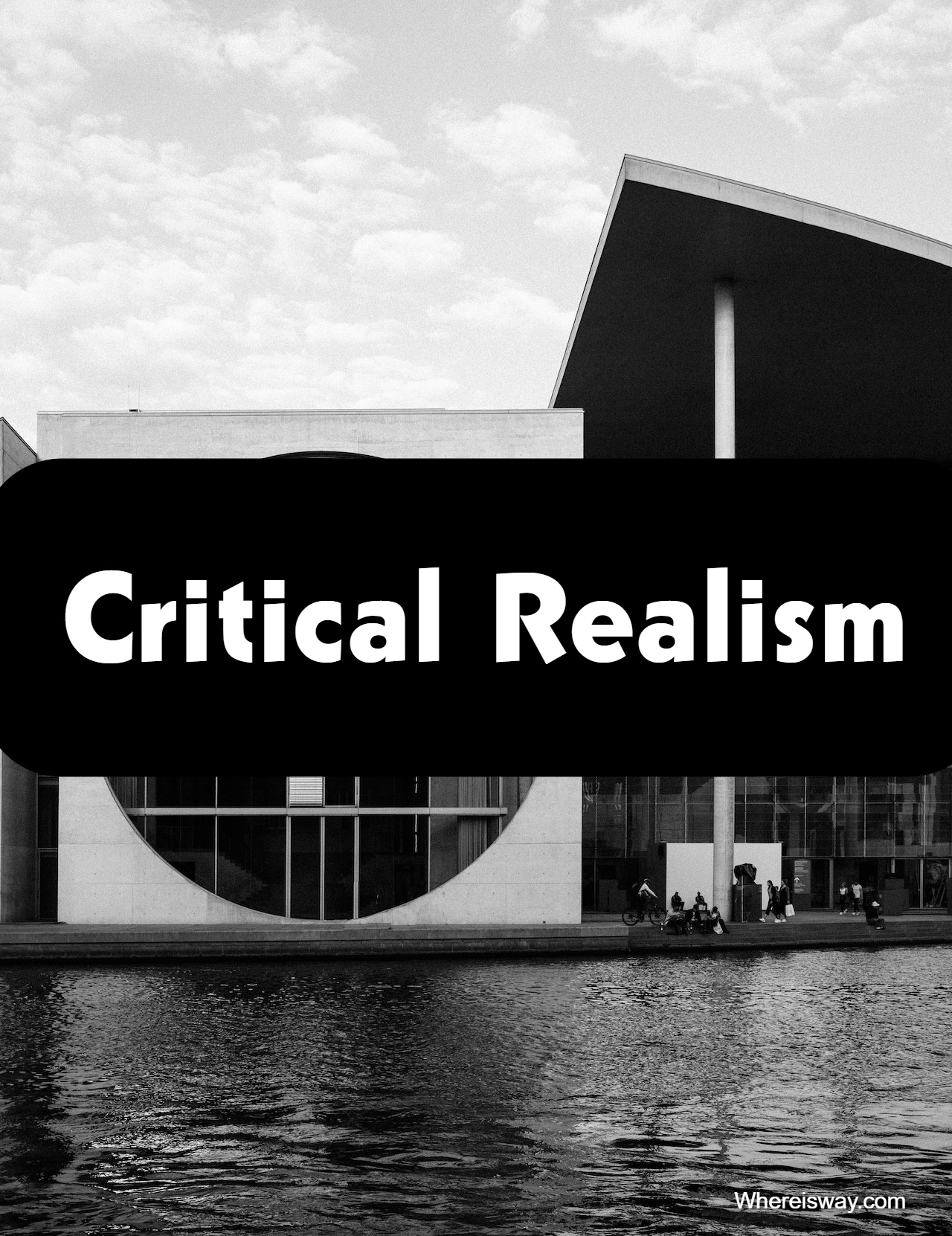Critical Realism isn’t a technique or even a theory however a perspective which can illuminate examinations concerning into our reality. Critical Realism is a progression of philosophical situations on a scope of issues including metaphysics, causation, construction, people, and types of clarification. Arising with regards to the post-positivist emergencies in the normal and social sciences during the 1970s and 1980s, critical realism addresses a broad union of social scholars and scientists attempting to foster an appropriately post-positivist social science.

While critical realism might be a heterogeneous series of positions, there is one free hereditary component which joins it as a metatheory: a promise to figuring out an appropriately post-positivist way of thinking. This responsibility is much of the time cast in the details of a regularizing plan for social science and science: ontological authenticity, epistemic relativism, critical reasonableness, and a wary moral naturalism.
Bhaskar fostered a general philosophy of science that he depicted as transcendental authenticity and a unique philosophy of the human sciences that he called basic naturalism. The two terms were consolidated by different creators to frame the umbrella term critical realism.
Since Bhaskar made the principal enormous moves toward advocating the hypothesis of basic authenticity during the 1970s, it has become one of the significant strands of social logical strategy, equaling positivism, and post-structuralism/relativism/interpretivism. After his improvement of critical realism, Bhaskar proceeded to foster a philosophical framework he calls persuasive critical realism, which is most plainly illustrated in his significant book, Rationalization: The Pulse of Freedom.
An accesible prologue to Bhaskar’s works was composed by Andrew Collier. Andrew Sayer has composed available texts on critical realism in social science. Danermark et al. have additionally delivered an available record. Margaret Bowman is related with this school, similar to the ecosocialist writer Peter Dickens.
David Graeber depends on critical realism, which he comprehends as a type of ‘heraclitean’ reasoning, underlining transition and change over stable characters, in his anthropological book on the idea of significant worth, toward an anthropological hypothesis of significant worth: the misleading coin of our own fantasies.
American and British Critical Realism
The American critical realism development was a reaction both to direct realism (particularly in its new manifestation as new realism), as well as to vision and logic. In extremely wide terms, American critical realism was a type of illustrative authenticity or representationalism, where there are objects that stand as middle people between independent genuine objects and perceivers. One advancement was that these mediators aren’t thoughts, however properties, forces, or character edifices.
Comparative advancements happened in England. Significant figures included Samuel Alexander, John Cook Wilson, H. A. Prichard, H. H. Cost, and C.D. Expansive.

